Introduction
Jasmine tea, with its delicate aroma and subtle floral notes, has captivated tea enthusiasts worldwide for centuries. This exquisite blend, where the essence of jasmine flowers is meticulously infused into high-quality green or white tea leaves, offers a sensory experience that transcends the ordinary. However, with the myriad of options available in the market, discerning the quality of jasmine tea can be a daunting task. This comprehensive guide aims to equip you with the knowledge and skills necessary to distinguish between superior and inferior jasmine tea, ensuring that every sip you take is a celebration of flavor and aroma.
Understanding the Basics
Before diving into the specifics of quality assessment, it’s crucial to understand the fundamentals of jasmine tea production. The process typically involves selecting premium tea leaves, often green or white tea, and layering them with freshly picked jasmine blossoms. The tea and flowers are then allowed to co-mingle, either through a process of repeated scenting or by allowing the flowers to bloom directly on the tea leaves. The artistry lies in balancing the tea’s natural flavors with the jasmine’s fragrance, creating a harmonious blend that is both refreshing and aromatic.
Key Indicators of Quality
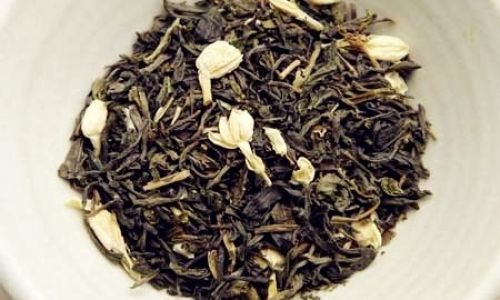
- Origin of Tea Leaves
The quality of the tea leaves serves as the foundation upon which the jasmine aroma is built. High-quality jasmine tea starts with premium tea leaves, usually sourced from reputable tea gardens known for their superior growing conditions and traditional processing methods. Look for teas that originate from regions known for their ideal climate, soil, and altitude, as these factors significantly influence the tea’s taste and aroma.
- Type of Tea Base
The choice of tea base—whether green, white, or occasionally oolong—also plays a pivotal role in determining the final quality of jasmine tea. Green teas tend to have a fresh, grassy flavor that pairs well with jasmine’s floral notes. White teas, with their delicate, slightly sweet taste, can enhance the tea’s overall elegance. Oolong teas, known for their complex flavors, may offer a unique twist to the traditional jasmine blend.
- Jasmine Blossoms
The quality of jasmine blossoms used is another critical factor. Superior jasmine tea employs blossoms that are freshly picked, ideally during the peak blooming period when the flowers are most fragrant. The blossoms should be intact, free from pests, and have a strong, sweet aroma. The more blossoms used per kilogram of tea, the more intense and long-lasting the jasmine fragrance will be.
- Scenting Process
The scenting process can vary greatly, and it’s this variability that often separates high-quality jasmine tea from the rest. Traditional methods involve multiple scentings, where the tea leaves are repeatedly exposed to fresh jasmine blossoms over several nights. This allows the tea to absorb the essence of the flowers more deeply and evenly. Modern techniques, such as using jasmine extract or essential oils, may offer convenience but may not achieve the same depth of flavor and aroma as traditionally scented teas.
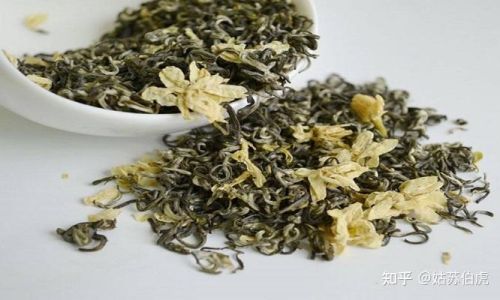
- Appearance and Color
Visually inspecting the tea can provide valuable clues about its quality. High-quality jasmine tea should have leaves that are uniform in size and color, with a slight shimmer indicating freshness. The blossoms, if visible, should be whole and retain their natural color. The tea liquor, when brewed, should be clear and have a vibrant hue that reflects the type of tea base used.
- Aroma and Taste
The aroma and taste are perhaps the most subjective but also the most telling indicators of quality. Superior jasmine tea should have a strong, yet delicate, jasmine fragrance that is both refreshing and inviting. The taste should be smooth, with a balance between the tea’s natural flavors and the jasmine’s floral sweetness. Avoid teas that have a harsh, bitter, or overly floral taste, as these may indicate inferior quality or improper processing.
- Packaging and Storage
Proper packaging and storage are essential to preserve the tea’s quality. High-quality jasmine tea is often packaged in airtight containers that protect against moisture, light, and oxygen. Look for packaging that maintains freshness and ensures the tea’s aroma and flavor remain intact until opened. Additionally, check the expiration date to ensure you’re purchasing a freshly processed batch.
Practical Tips for Buying and Brewing
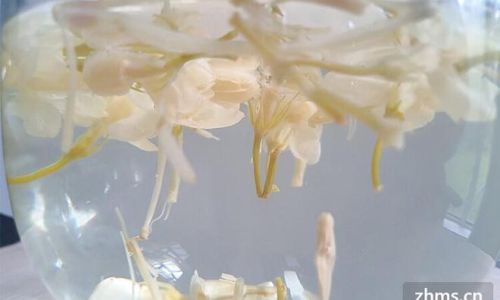
When shopping for jasmine tea, seek recommendations from trusted tea shops or online retailers with a good reputation. Reading reviews and understanding the product descriptions can also provide valuable insights. When brewing, use freshly boiled water and allow the tea to steep for the recommended time, usually between 2 to 5 minutes, depending on your taste preference. Experimenting with different steeping times and temperatures can help you discover the optimal brewing method for your particular tea.
Conclusion
Discerning the quality of jasmine tea is an art that combines knowledge, observation, and personal preference. By understanding the basics of tea production, recognizing key indicators of quality, and following practical tips for buying and brewing, you can enhance your appreciation for this timeless beverage. Remember, the journey of discovering the perfect jasmine tea is as rewarding as the tea itself. So, embark on this sensory adventure and let each sip transport you to a world of floral elegance and tea-induced tranquility.

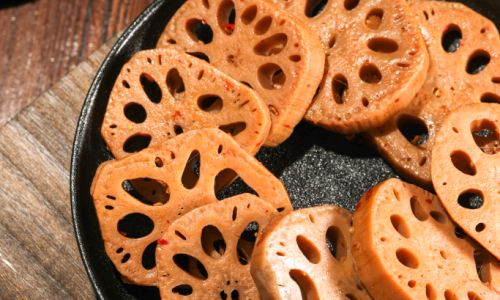
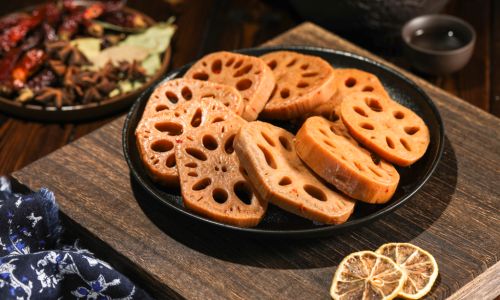

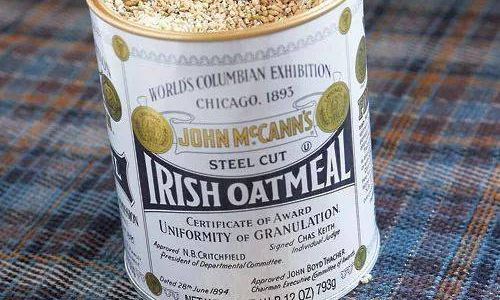

0 comments